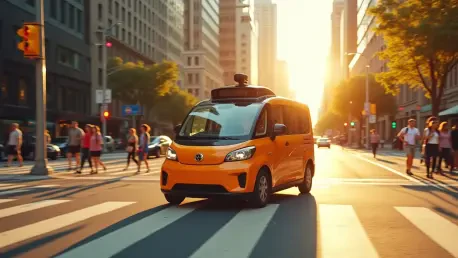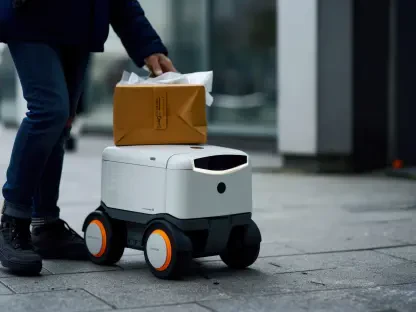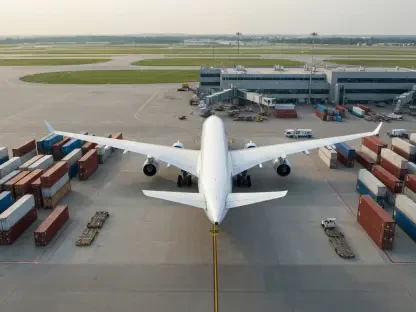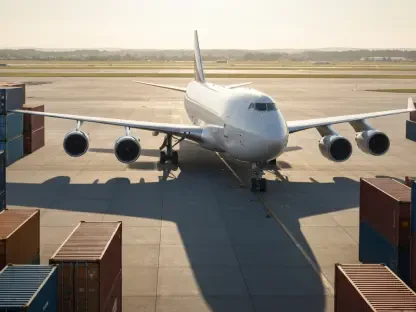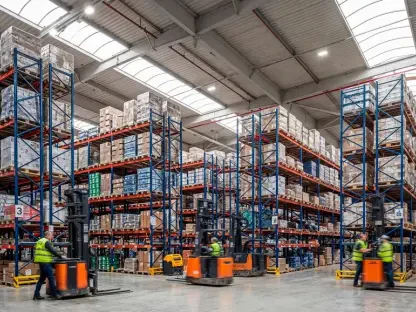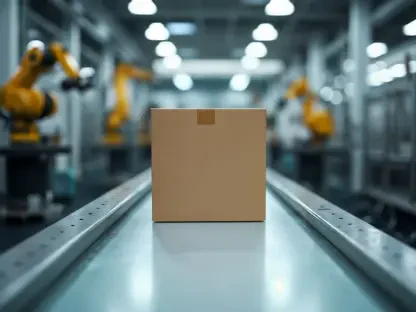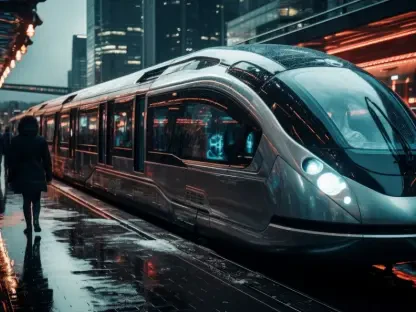In a bold move to revolutionize automotive technology, Tesla is launching a self-driving car delivery service, showcasing its pioneering Full Self-Driving (FSD) system. This initiative involves the autonomous delivery of the Model Y, a popular choice in Tesla’s lineup, directly from the factory to a customer’s driveway. This delivery innovation aims to reduce costs by eliminating the need for human drivers, ensuring faster and contactless service. As exciting as it sounds, this venture also raises questions about delivery quality and vehicle safety during unmanned transport. By exploring this technology, one gains insight into Tesla’s strategic advancements in automation, all while considering potential risks and implications.
The Mechanics of Autonomous Delivery
Underpinning this ambitious venture is Tesla’s sophisticated Full Self-Driving system, which operates on artificial intelligence and advanced machine learning algorithms. The FSD system enables the vehicle to navigate complex environments, identify obstacles, and make real-time decisions, effectively replacing human intervention in the delivery process. By integrating an array of sensors, cameras, and high-performance computing systems, Tesla has ensured that its FSD remains at the forefront of autonomous driving technology. The vehicle’s ability to process vast amounts of data instantaneously allows it to operate safely and efficiently in diverse conditions and terrains.
Autonomous vehicle infrastructure plays an equally pivotal role in facilitating this groundbreaking delivery approach. This requires a robust network of tech support, including sophisticated GPS systems, efficient communication modules, and cloud-based navigation databases. These components ensure seamless coordination between the vehicle and its external environment, allowing for smooth and efficient deliveries. Throughout its real-world implementation, the system’s performance characteristics have reflected an unwavering commitment to reliability and innovation, marking a new era in logistical operations.
Advances and Consumer Trends
Recent years have witnessed significant progress in self-driving technology, notably in enhanced vehicle autonomy and refined navigation capabilities. With Tesla at the forefront, industry giants have strived to integrate the latest innovations that promise safer, more efficient performance. The emergence of AI-driven predictive models and more intuitive user interfaces has contributed to advances in this area, reflecting evolving consumer preferences for convenience and minimal human intervention. Such trends highlight a broader shift in the industry’s trajectory, evidenced by growing interest in sustainable, automated solutions for various sectors.
This burgeoning field has also seen increased competition among automotive and tech companies aiming to capitalize on these advancements. Companies are rapidly adapting to shifting consumer behaviors and demands for smarter, autonomous systems, which influence the ongoing evolution of self-driving technology. While Tesla remains a leader in this space, collaborations and strategic partnerships have begun to shape the competitive landscape, creating momentum for future breakthroughs and innovative deployments.
Practical Uses in Today’s World
Self-driving car delivery is beginning to make an impact across multiple industries, providing streamlined logistics and reducing delivery times. Retail businesses and food delivery services have harnessed this technology to enhance customer experience and operational efficiency. The seamless integration of autonomous vehicles into these sectors presents a unique opportunity to address logistical challenges while expanding service capacity. The application extends to industries like healthcare, where time-sensitive patient deliveries benefit from expedited solutions, highlighting technology’s versatile potential.
Unique use cases have also emerged, illustrating the multifaceted benefits of driverless deliveries. Notable implementations include partnerships between Tesla and urban planners, leveraging self-driving capabilities to foster smart city initiatives. This approach promises to improve urban mobility, reduce congestion, and minimize environmental impact. By offering an autonomous service option, companies can better cater to evolving consumer demands, further demonstrating technology’s transformative influence on traditional delivery models.
Navigating Challenges and Overcoming Barriers
Despite significant strides, self-driving car technology continues to face notable challenges that could hinder its widespread adoption. Technical obstacles, such as perfecting navigation algorithms and ensuring safety in complex traffic scenarios, represent ongoing development areas. Furthermore, regulatory uncertainties remain a critical concern, as the lack of cohesive legal frameworks could delay implementation across different regions. Industry stakeholders must work collaboratively to address these regulatory hurdles, setting the stage for stable and secure deployment on a global scale.
Market reception and public perception are additional factors influencing the trajectory of autonomous delivery services. Ensuring customer trust and understanding of the technology’s safety features is paramount to fostering acceptance. With these barriers in mind, Tesla and other companies are investing in consumer education and advocacy initiatives, highlighting the tangible benefits of self-driving systems. Proactive approaches to these challenges will be instrumental in overcoming resistance and paving the way for a seamless transition to automated mobility solutions.
Projecting Future Development in Autonomous Delivery
Looking ahead, the prospects for self-driving car delivery appear promising, as emerging technologies continue to reshape the industry. Opportunities for interdisciplinary collaborations and technological advancements suggest potential breakthroughs that could enhance performance and reliability. As researchers and developers explore new methodologies and refine existing frameworks, the role of autonomous technology in daily life is set to expand. Tesla’s pioneering efforts illustrate the beginning stages of this transformation, signaling a paradigm shift toward a more efficient and sustainable transport ecosystem.
Anticipated developments in the coming years may include increased emphasis on AI integration, stronger cyber-physical systems, and the optimization of autonomous network capabilities. The long-term impact of these advancements has the potential to redefine infrastructure and logistics worldwide, introducing innovative ways to address traditional delivery challenges. As such, stakeholders must remain proactive, continuously evaluating and adjusting their strategies in response to evolving technological landscapes and societal needs.
Comprehensive Summary of Impact and Implications
Overall, Tesla’s initiative to launch self-driving car deliveries demonstrated a remarkable leap in autonomous technology, offering both opportunities and challenges. The comprehensive deployment of Full Self-Driving systems underscored a commitment to advancing mobility solutions, providing practical examples of real-world applications. While technical and regulatory hurdles persisted, insights from ongoing development efforts suggested avenues for addressing these limitations. The trajectory of self-driving car delivery is progressing toward broader integration into everyday logistics, promising transformative effects across industries. As stakeholders continue to innovate and adapt, the role of autonomous vehicles is expected to expand, delivering substantial benefits and shaping the future of transportation.
